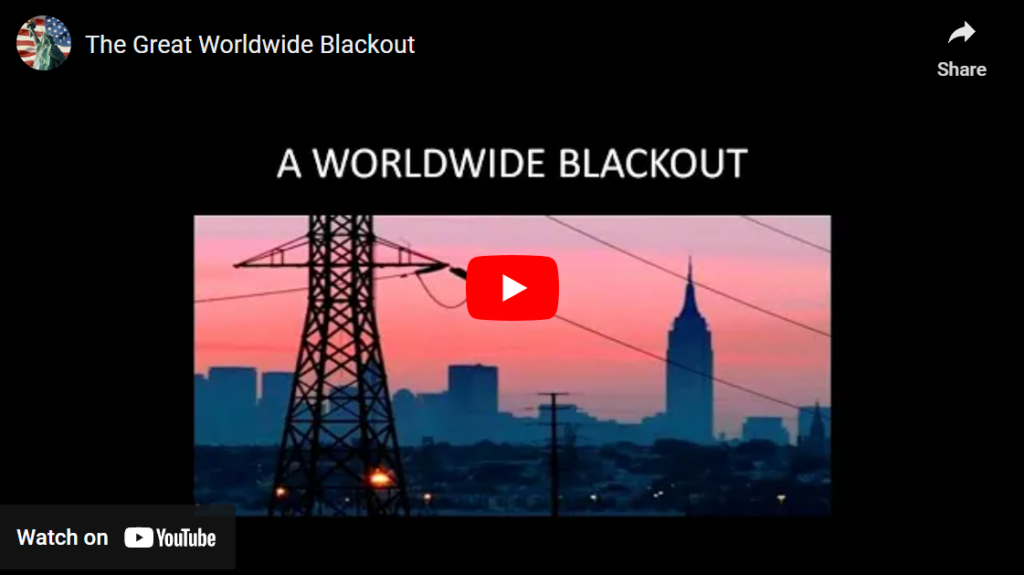In the modern world, where we are constantly surrounded by advanced technology, it’s easy to forget our vulnerability to the uncontrollable forces of the cosmos. Yet, there is a storm brewing, and the undeniable data from the inner sanctums of scientific research shouts a stark warning to humanity. The world stands on the precipice of technological annihilation, and our leaders seem content to merely whistle past the graveyard.
An eye-opening study has made one thing crystal clear: an overwhelming 90% of space weather maestros agree that we are woefully ill-equipped to handle the fury of a major space tempest. Without advanced forecasting, we risk severe impairment to our planet’s infrastructure.
Now, imagine our satellites failing, disrupting our communication channels. Picture your cities, once brimming with light, plunging into darkness due to power outages. This isn’t the plot of a sci-fi blockbuster, but a grim reality we might soon face.
Dr. Luke Barnard, a prominent voice from the University of Reading on space weather, paints a dire picture. He warns, “Our tech-driven existence is hanging by a thread. We’re looking at blackouts, not just for hours, but possibly days. Navigating our cities, our skies, and even communicating across continents could become a monumental challenge.“

What’s the root cause? Geomagnetic storms. These breathtaking phenomena, responsible for the awe-inspiring Northern Lights, occur when particles and magnetic fields from the sun clash with Earth’s own magnetic shield. While their visual beauty is unparalleled, the destruction they can wreak on our technologies both terrestrial and in orbit is humbling.
Take a moment and ponder upon these revelations from the survey:
- A staggering 51% of our best minds anticipate that the magnitude of upcoming geomagnetic tempests could overshadow even the monumental 1859 Carrington Event, which holds a notorious place in our history.
- The odds? A chilling 33% chance that unplanned regional blackouts will descend upon us within this very decade.
- Concerningly, nearly half of the experts harbor deep-seated doubts regarding the present accuracy of space weather predictions.
With a clarion call to arms and an urgent need for action, the inevitable question arises: How do we safeguard our future?
Well, the space weather gurus have spoken.
Given a hypothetical bounty of a cool $1 billion, a significant portion has vouched for deploying swarms of nimble satellites close to the sun. This vanguard would grant us invaluable insights into the solar wind’s behavior before it reaches Earth, acting as our early warning system.
Yet, there are others in the scientific community with a different approach. They champion the cause of ground-based telescopes, advocating for around-the-clock vigilance of the skies. Moreover, they emphasize the establishment of myriad research endeavors and data analysis missions, believing knowledge is our best defense.

In a world where we pride ourselves on being the dominant species, there’s a storm in the cosmos that might just prove us wrong.
Are we going to stand idly, blissfully ignorant, or rise to the challenge?
The clock is ticking, and the universe waits for no one.
It’s high time we harness our collective strength, dive deep into the realms of research and innovation, and prepare for the tempest that lurks just beyond our horizon.




